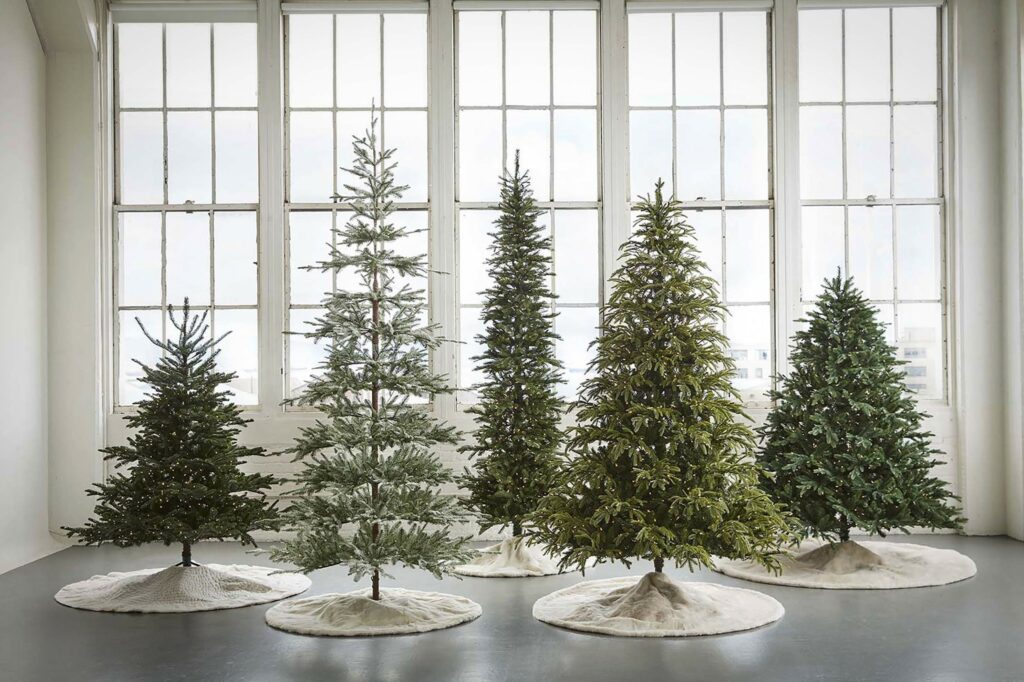The Fake Christmas Tree or Real Christmas Tree environmental debate happens to most Christmas shoppers every year. In being an environmentally conscious consumer, one should always consider the environmental risks in the manufacturing and disposal of both trees.
Both environmentalists and energy analysts agree that artificial trees are more environmentally detrimental due to their significant and long-lasting carbon impact.
The Less Environmentally Harmful Pick
When the time nears Christmas, we see Christmas trees more and more promoted, whether they may be fake and mall-decorated or real trees in Christmas tree farms. With the prevalent presence of Christmas trees, one might ask: What is the more environmentally friendly Christmas tree?
Montreal-based consulting firm Ellipsos state that some Christmas tree farms tend to upset the local, natural ecosystems. Additionally, the action of bringing down a real tree for single usage leads to its endpoint in composts and landfills. On the other hand, the production of fake Christmas trees consumes valuable natural resources and emits greenhouse gas. (Source: Canadian Broadcasting Corporation)
Both the production of artificial and grown Christmas trees display cons, but that doesn’t erase the fact that artificial trees compose of harmful plastic. Environmentalists and analysts agree that the continuous buying of artificial trees poses more harm than buying real Christmas trees.
The majority of the carbon footprint from fake trees comes from its manufacturing, especially its oil usage. More contributing factors to the artificial trees’ carbon footprint are the released industrial emissions and the lengthy travels in shipment.
A fake tree that’s 6.5 feet in height produces forty kilograms worth of greenhouse gas emissions; that amount is more than twice when a real tree is thrown in a landfill or more than ten times when it’s burnt. Some local authorities now collect real trees to be shredded and reused in local gardens to decrease the negative environmental impact of their disposal.
Locally grown real trees are also more environmentally friendly as they avoid harmful emissions produced in transportation and import. Oliver Kenny, a worker in Yorkshire Christmas Trees in the United Kingdom, states that there are more planted trees than sold ones, emphasizing its advantages to their local environment.
At any one time in the UK, there are about 100m trees growing with all the benefits that trees give to the environment. These trees would not be growing if it weren’t for the Christmas tree market, growing them in the UK reduces the carbon footprint of importation and you also get a fresher tree because it can be cut three weeks later.
Oliver Kenn
(Source: The Guardian)
Available Alternatives for a Safer Christmas
While disposing of real trees can be converted into a more environmentally beneficial act, the disposal of artificial trees remain harmful even if they’re kept for years. As an alternative, one should opt for second-hand fake trees to prolong their usage. (Source: The Guardian)
Another greener pick is pot-grown trees. Numerous environmentally advocating businesses profit in marketing tree adoption programs wherein one can buy a Christmas tree in a pot. The Friends of the Urban Forest organization promotes their potted Green Christmas Trees. These trees eventually get replanted in the local forest after the Christmas holidays. (Source: Green Matters)
